Following Labor’s embarrassing loss in the “climate change election,” it’s timely to consider renewable energy’s green credentials, as it formed a major plank in their policy platform.
My forebears the Vikings harnessed the wind to explore, conquer and settle parts of the globe others could only dream about for another few centuries, but times and goals change.
Ask any yachtie slicing through waves on a fast tack while the sails strain and the wake stretches silently behind. There’s nothing quite like harnessing the free wind on a breezy, sunny day – until some petrol-head in a power boat or jet ski, blasts past and shatters the natural harmony. Or the wind drops.
Unfortunately, the reality of wind and solar power as alternative energy sources seem just like that.
They are far from “free”, but backed by government green subsidies and tax breaks at federal and state levels, they are intended to play a key role in meeting Australia’s Renewable Energy Target of 23.5 per cent by 2020 under the Coalition.
Experience overseas suggests that apart from hydropower, renewables are unreliable, uneconomical and very unfriendly to the environment they are claimed to protect. Evidence from places investing heavily in renewables such as Denmark, Germany and California indicates they are intermittent power generators, needing backup from conventional energy sources.
South Australia has found this out the hard way recent years, when heatwaves caused widespread blackouts there and in neighbouring Victoria. SA’s giant back-up battery lasts only a matter of hours and after then had to fire up expensive, polluting diesel generators specifically shipped in as secretly as possible to keep the lights on.
Studies on wind farms have raised possible serious human health concerns, and a devastating effect on birdlife. The mining of rare earths used in their manufacture along with mobile phones and electric vehicles, has also caused huge pollution problems in China over the past decade.
According to a recent article in The Heartland Institute, it was estimated that up to 328,000 birds were killed each year in the US by wind turbines:
The Audubon Society says that makes wind ‘the most threatening form of green energy.’ Other sources say the death tolls are far higher.
Bat deaths are even worse and potentially more threatening to human health and welfare.
A conservative estimate is that at least four million bats have been killed by wind turbines since 2012. Bats are our primary natural defence in keeping mosquito and crop-damaging insect populations in check. One bat can eat between 500 and 1,000 mosquitoes and other insects in just one hour, or about 6,000 per night…
Noise generated by wind turbines is akin to a helicopter, affecting quality of life and causing serious health problems for people living within a quarter-mile of a turbine. A 2013 Canadian paper reported, ‘People who live or work in close proximity to IWTs have experienced symptoms that include decreased quality of life, annoyance, stress, sleep disturbance, headache, anxiety, depression and cognitive dysfunction.’ Other studies report the same problems.
Time Magazine environmental hero Michael Shellenberger, says he was once a firm believer in wind and solar, but experience in California had changed his mind.
Writing on the Quillette website, he also cites major environmental problems with both solar and wind farms but adds:
Without large-scale ways to back-up solar energy, California has had to block electricity coming from solar farms when it’s extremely sunny, or pay neighboring states to take it from us so we can avoid blowing-out our grid.
Despite what you’ve heard, there is no ‘battery revolution’ on the way, for well-understood technical and economic reasons.
Shellenberger advocates nuclear energy as a cheaper, more reliable alternative:
It’s reasonable to ask whether nuclear power is safe, and what happens with its waste.
It turns out that scientists have studied the health and safety of different energy sources since the 1960s. Every major study, including a recent one by the British medical journal Lancet, finds the same thing: nuclear is the safest way to make reliable electricity.
Meanwhile in Australia, nuclear remains a naughty ‘n’ word. It is irrationally banned as a power source, but a couple of Queensland LNP parliamentarians intend to present a motion in the Senate to form a committee to investigate including nuclear in our energy mix.
Keith Pitt and his Senate colleague James McGrath are reportedly behind the push.
“I am not saying that there is a nuclear reactor coming to a shopping centre near you but we have to be able to investigate all options,” Pitt has said.
“All I am calling for is an inquiry as to whether it’s a feasible option to ensure we are up to date with the latest information.”
That seems a logical approach if we really are serious about reducing CO2 emissions and maintaining cheap, reliable baseload power. New research into a modern adaption of Molten Salt Reactors (MSRs) which offer the potential for economy of size and waste, could form part of the study.
Got something to add? Join the discussion and comment below.
Got something to add? Join the discussion and comment below.
Get 10 issues for just $10
Subscribe to The Spectator Australia today for the next 10 magazine issues, plus full online access, for just $10.

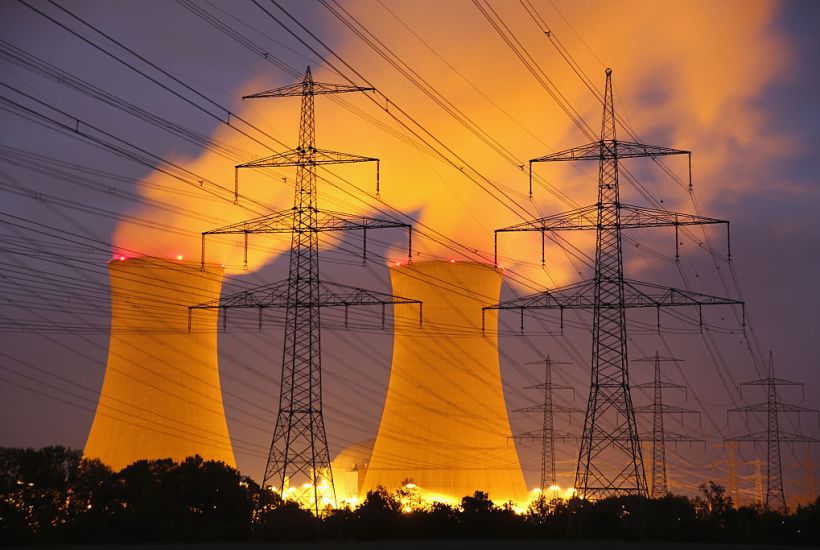

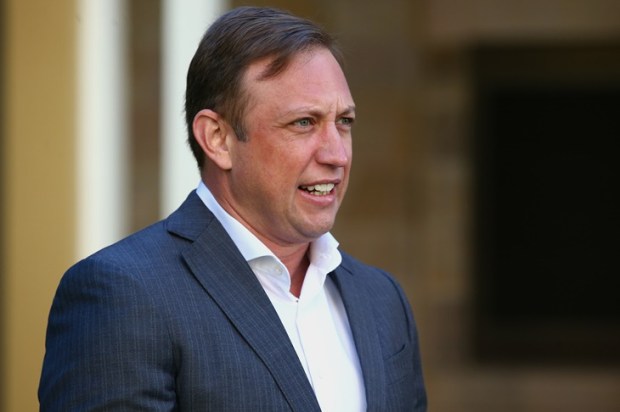
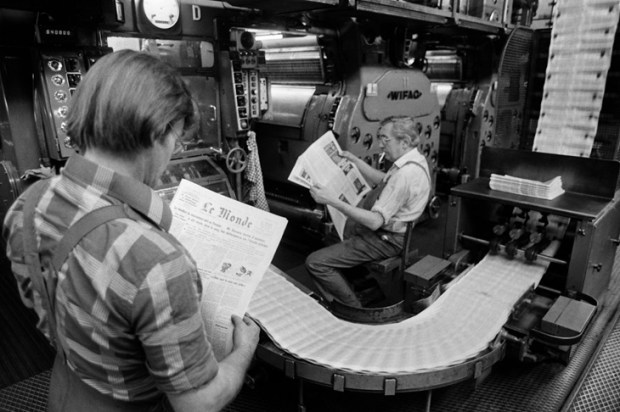
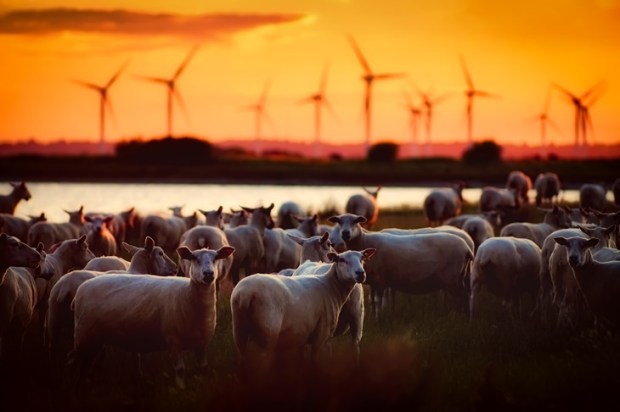
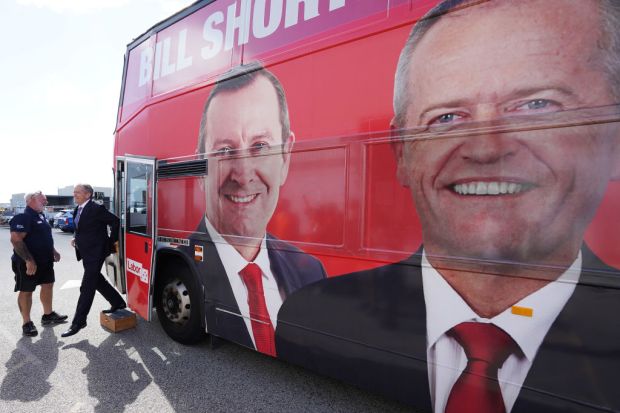
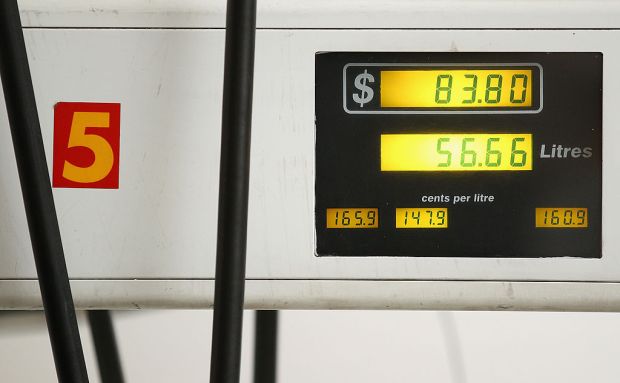


















Comments
Don't miss out
Join the conversation with other Spectator Australia readers. Subscribe to leave a comment.
SUBSCRIBEAlready a subscriber? Log in